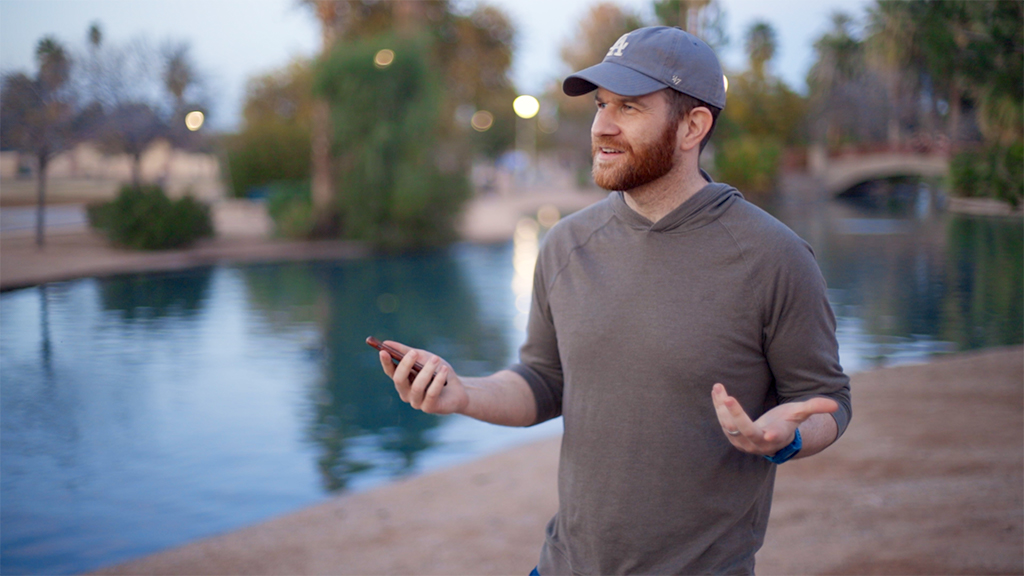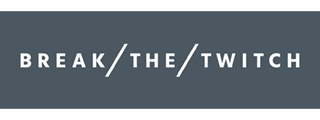
Six years ago, when my wife Amy and I started decluttering for the very first time, I remember wondering, “Am I a minimalist yet?”
At what point in the process would I be able to call myself a minimalist?
Over the years, I’ve come across people who identify as minimalists who have more things than we do. I also know people who identify as minimalists who have significantly fewer physical things than we do.
There seems to be a broad spectrum of what it means to be a minimalist. And that’s a beautiful thing.
But what that also means is there’s no board certification of minimalism. Throughout your decluttering journey, there’s no point in the process where you officially qualify as a minimalist. And as you can imagine, that is both incredibly confusing, and very liberating as well.
Now that I’m well into six years of practicing minimalism, I’ve found a definition that has been the most helpful.
Minimalism is perhaps not something to be, but a practice of removing distractions in your life.
The distractions can be physical items or even digital things—that Twitch you get when you check your smartphone, put it away, and then want to check it right away again.
The Twitch is what often leads us to acquire more and more things we don’t need because we have some discomfort we are trying to fill. We try to solve the Twitch through checking our phones or online purchases that may feel good at the moment but doesn’t solve the underlying discomfort we’re feeling.
With viewing minimalism as more of a habit or practice of continually removing distractions, it means you can’t declutter your house really quickly in a day or two or delete all the apps off your phone immediately and expect everything to always be better.
Being a minimalist is the active practice of removing distractions and requires consistent daily effort.
With that in mind, here are some tips for keeping minimalism as a practice and maintaining the progress you’ve made.
1 / Create Intentional Friction
The first tip is to create intentional friction to help you manage certain distractions in your environment. This is great for the distractions that are more difficult to completely remove from your environment, so they need to be managed.
An example of this would be if you were trying to change your habit of using as many paper towels. You can put a rubber band around your paper towel roll, which introduces purposeful, intentional friction in the process of grabbing a paper towel. So if you’re washing your hands and would normally grab a paper towel on autopilot, you’d have to work harder to get a paper towel than you did before, thus giving you a moment to pause, consider, and then make a more conscious choice.
Another example of this would be relocating your favorite social media app off of the main screen and burying it in a folder somewhere else on your phone. You can add a few extra steps to access the app so you can’t quickly “twitch” and open the app in those in-between moments. Creating some intentional friction provides you a little more time so you can make a more conscious decision. Even if you still decide to open the app, that’s perfectly fine.
Creating intentional friction in your environment is how you can change your habits and live more intentionally.
2 / Reduce Unintentional Friction
This is the exact opposite of creating intentional friction—by reducing unintentional friction for the things you want to do more of your life.
If you want to run more, putting your running shoes right by the door creates less friction between you and the decision to put on your shoes and go running. If you have a certain app that’s beneficial for you to use more of, you can put it in the most accessible place on the main screen of your phone so every time you look at your phone, it’s the first thing you see.
It’s a powerful thing when we constantly look at our environment and find ways to optimize it so that we can more fully own our attention and time.
3 / Observe the Twitch
The final idea is to simply observe and acknowledge the Twitch. When you start feeling that discomfort to buy something even though you just spent a bunch of time decluttering, or if you want to reinstall and open an app you’ve recently deleted off your phone, take a moment to simply acknowledge the discomfort.
The most important thing is to be aware of the Twitch and to acknowledge it.
It’s even more helpful to say what you’re feeling out loud. You can say, “I’m really feeling the Twitch to check my phone right now.” That way you’re creating a connection between what you’re feeling, thinking, seeing, saying, and hearing. Even if you end up buying something or opening a social media app on your phone, it’s okay. At least you’re owning your attention and making a conscious choice.
Everyone should be a minimalist if it’s simply an active practice of removing distractions from our lives.
Minimalism is an incredibly powerful tool that we can use to design a life that’s easier to do the things that matter and harder to do the things that get in the way. But it’s even more beneficial to think about minimalism as a habit or practice, rather than something we become once we hit a certain milestone or as a certain aesthetic.
There’s no right or wrong way. Being a minimalist is simply removing distractions in the way that works best for you.
